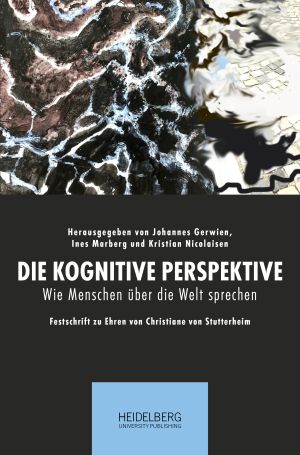How to Cite
License (Chapter)

This work is licensed under a Creative Commons Attribution-NonCommercial-ShareAlike 4.0 International License.
Identifiers (Book)
Published
Obstacles in Acquiring a Second Language
A Key to the Impact of Typological Differences on Conceptualization in Language Production
Abstract The present chapter focuses on the means used in languages to encode concepts via grammaticalized and lexicalized forms and their role in information selection and organization in French, English and German, compared to L2 speakers of these languages. The study is based on descriptions of motion events elicited by video clips in verbal and non-verbal tasks which included retellings based on silent films by L1 speakers of French, English and German and L2 speakers in combinations of the different L1s. The findings based on these descriptions, as well as patterns of visual attention, confirm the role of crosslinguistic differences in the L1s in leading to distinctive differences in event conceptualization as well as in the distribution of attention – from the uptake of visual information to conceptual preparation. Speakers draw on language-specific schemas which guide attention to the relevant features of the stimulus in order to link the relevant linguistic categories with the associated conceptual representations. The studies show the extent to which highly competent L2 speakers draw on L1-based schemas when describing events across a large number of experimental conditions. The results not only demonstrate the degree of entrenchment of language-specific schemas but also provide insights into the factors which may impinge on the acquisition of those of the L2s. The unconscious activation of existing knowledge structures may hinder the identification of how relevant spatial concepts, their linguistic form and associated attentional processes are intertwined. Since information on a change in place with regard to the direction taken can be based on the figure in motion, (they are heading towards y) or features of the ground (they are walking along x to y), the acquisition of the underlying event schemas in learning a second language requires adequate exposure. This will involve access to contextually grounded usage in order to gain the level of knowledge on which native-like competence is based.
Keywords L1 speakers; L2 learners; motion event construal; language specificity; allocation of attention; event schemata






